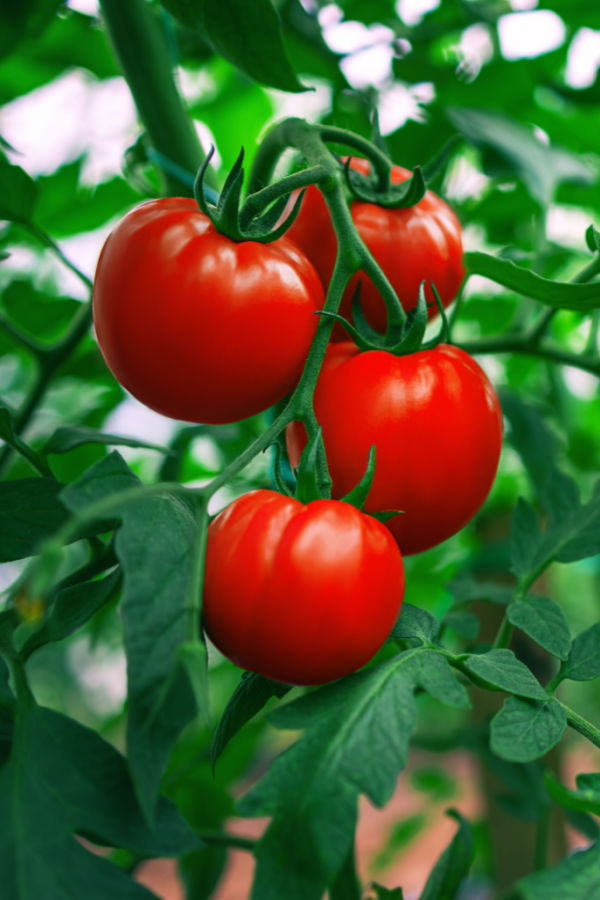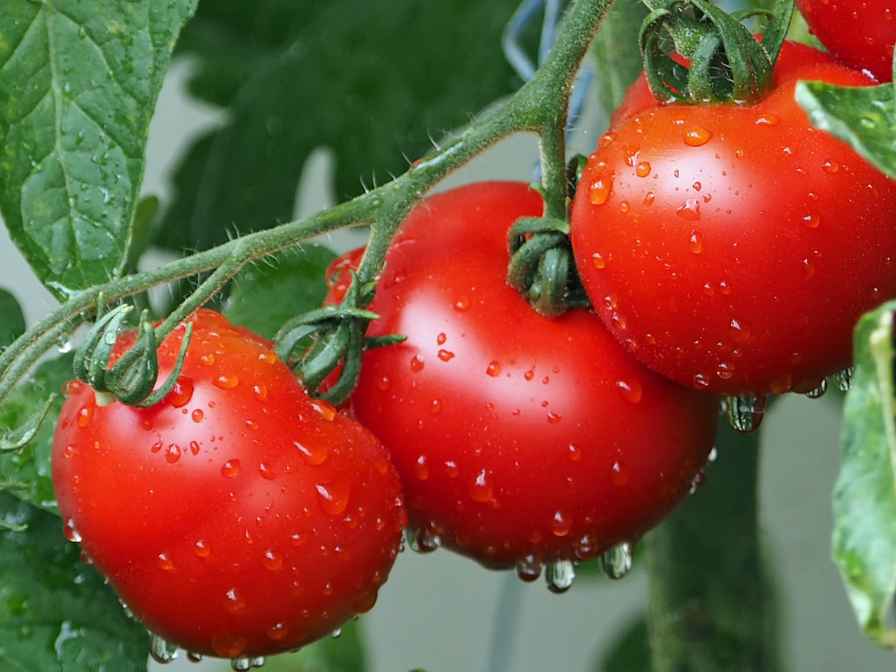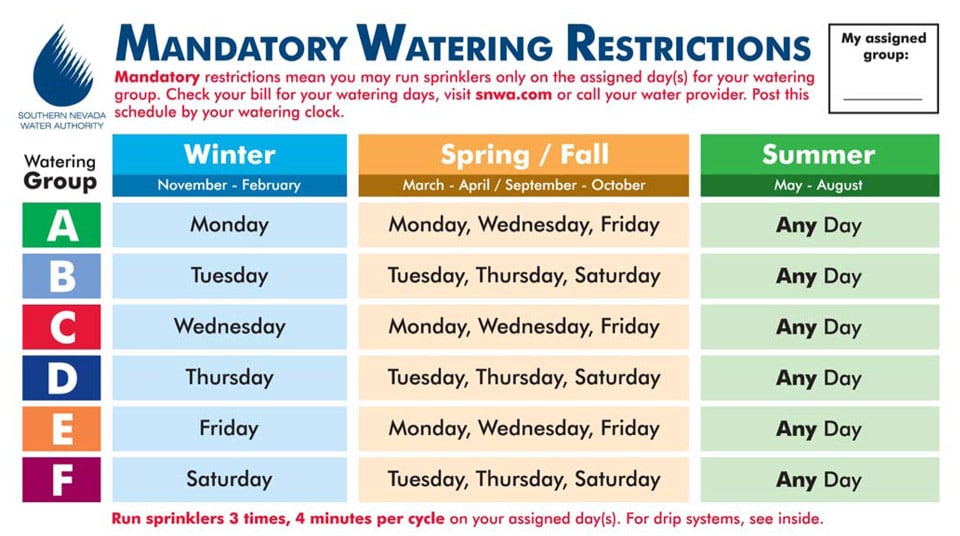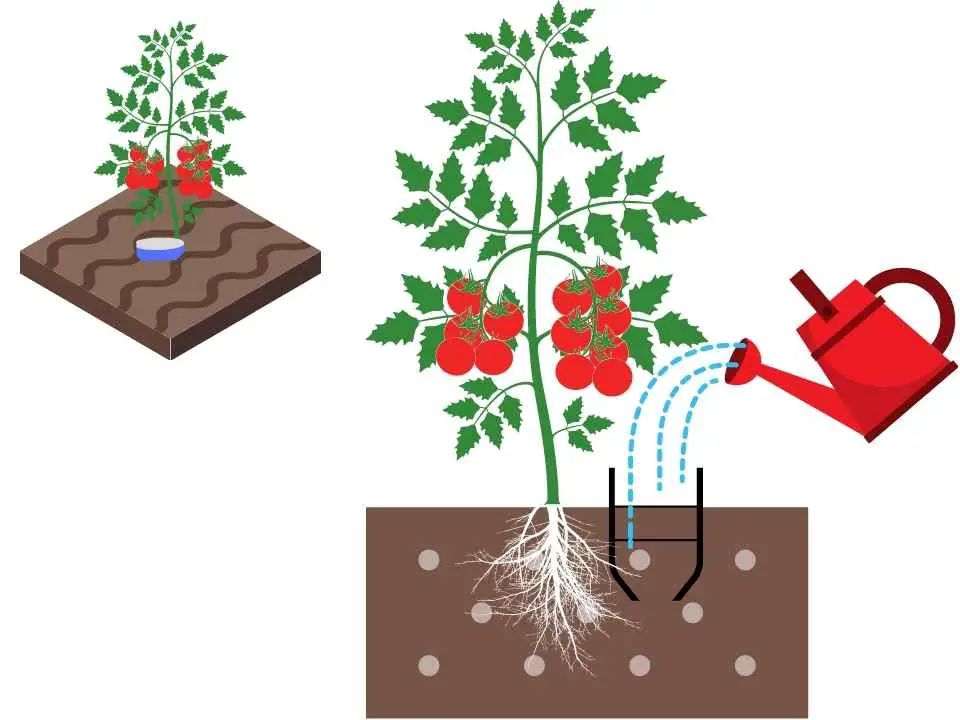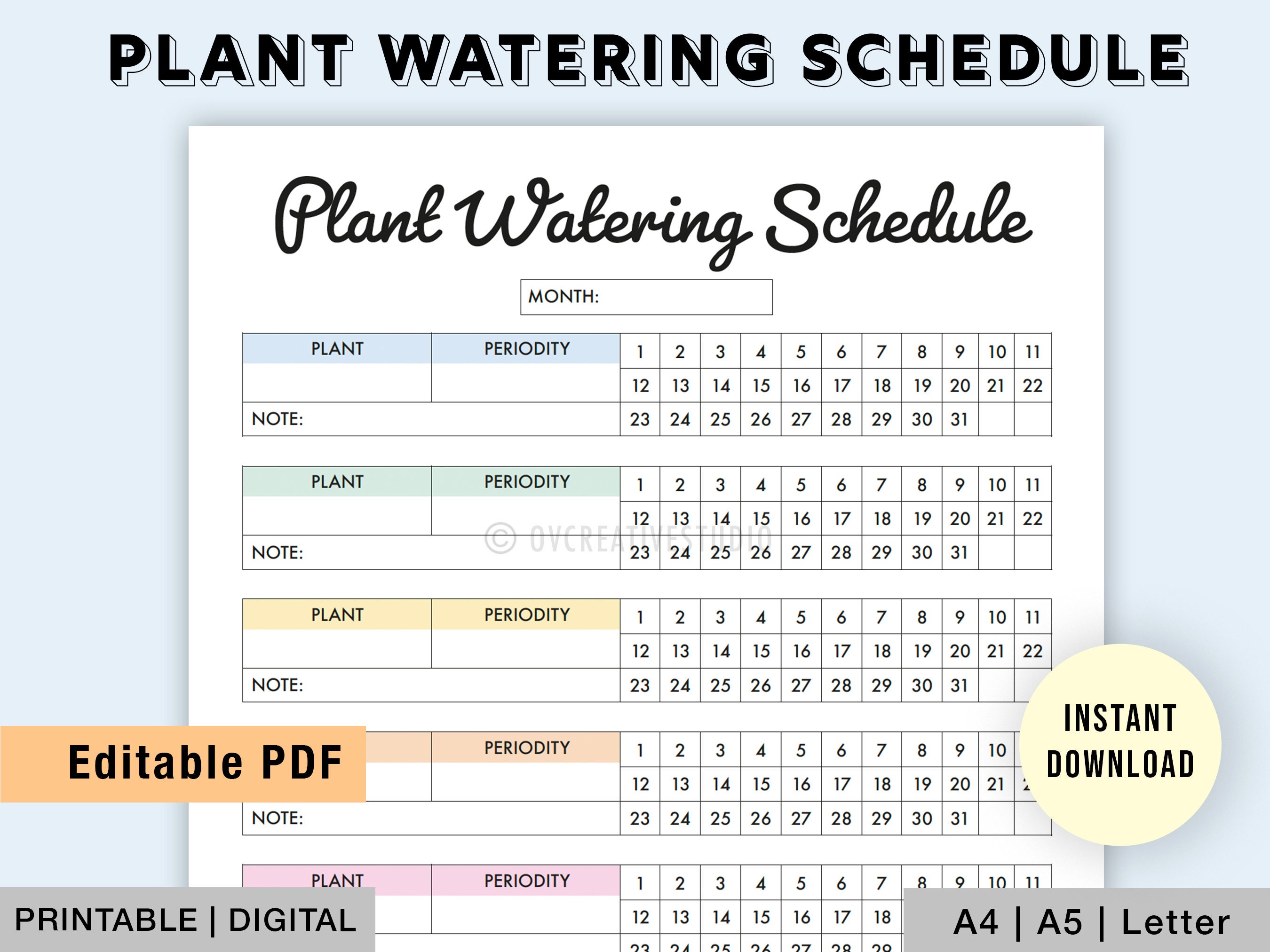Understanding the Watering Needs of Tomato Plants
Tomato plants require consistent moisture to produce a bountiful harvest. Water plays a crucial role in photosynthesis, nutrient uptake, and fruit production. When determining how much water a tomato plant needs, it’s essential to consider the plant’s specific requirements. Tomato plants need about 1-2 inches of water per week, either from rainfall or irrigation.
Proper hydration is critical for tomato plant health and productivity. Underwatering can lead to reduced yields, while overwatering can cause root rot and other problems. Tomato plants need water to carry out essential functions, such as transporting nutrients and sugars throughout the plant. Without adequate water, tomato plants may become stressed, leading to a range of problems.
When considering how much water a tomato plant needs, it’s also important to think about the role of water in fruit production. Tomato plants require consistent moisture to produce fruit, especially when they’re producing a heavy crop. Without adequate water, fruit production may be reduced, leading to lower yields.
By understanding the watering needs of tomato plants, growers can take steps to ensure optimal plant health and productivity. This includes providing the right amount of water, monitoring soil moisture, and adjusting watering schedules as needed. In the next section, we’ll discuss the factors that affect tomato plant water requirements and how to determine the right watering schedule for your plants.
Factors Affecting Tomato Plant Water Requirements
Several factors influence the watering needs of tomato plants, including climate, soil type, plant size, and growth stage. Understanding these factors is crucial to determining how much water a tomato plant needs and when to water it.
Climate plays a significant role in determining the watering needs of tomato plants. In hot and dry climates, tomato plants require more frequent watering, while in cooler and more humid climates, they require less. For example, tomato plants grown in regions with high temperatures and low humidity may need to be watered every day, while those grown in cooler and more humid regions may only need to be watered every few days.
Soil type is another important factor to consider when determining the watering needs of tomato plants. Different soils have varying water-holding capacities, which affect how often tomato plants need to be watered. For example, sandy soils tend to dry out quickly, while clay soils retain water longer. Tomato plants grown in sandy soils may need to be watered more frequently, while those grown in clay soils may need to be watered less often.
Plant size and growth stage also impact the watering needs of tomato plants. Seedlings and young plants require more frequent watering, while mature plants can tolerate some drought. Additionally, tomato plants in different growth stages have varying water requirements. For example, tomato plants in the fruiting stage require more water than those in the vegetative stage.
By understanding these factors, growers can adjust their watering schedules to meet the specific needs of their tomato plants. This includes taking into account the climate, soil type, plant size, and growth stage to determine how much water a tomato plant needs and when to water it.
How to Determine the Right Watering Schedule for Your Tomato Plants
Determining the right watering schedule for tomato plants can be a challenge, but there are several tips and guidelines to help. One of the most important things to consider is the soil moisture. Check the soil regularly by inserting your finger into the soil up to the knuckle. If the soil feels dry, it’s time to water. If it’s already moist, wait another day or two before watering again.
Another way to determine the right watering schedule is to monitor plant signs. Tomato plants will often show signs of stress if they’re not getting enough water, such as yellowing leaves or droopy stems. On the other hand, if the plants are getting too much water, they may develop root rot or other problems.
Weather conditions also play a significant role in determining the right watering schedule. In hot and dry weather, tomato plants may need to be watered more frequently, while in cool and rainy weather, they may need to be watered less often. It’s also important to consider the time of day when watering. Watering in the morning or early afternoon allows the plants to absorb the water throughout the day, while watering in the evening can encourage fungal growth and other problems.
When determining how much water a tomato plant needs, it’s also important to consider the specific variety of tomato plant. Some varieties, such as cherry tomatoes, may require more frequent watering than others, such as beefsteak tomatoes. Additionally, the size of the plant and its growth stage can also impact its watering needs.
By considering these factors and monitoring plant signs, growers can determine the right watering schedule for their tomato plants and ensure optimal plant health and productivity.
The Role of Soil Type in Tomato Plant Watering
Soil type plays a crucial role in determining the watering needs of tomato plants. Different soils have varying water-holding capacities, which affect how often tomato plants need to be watered. For example, sandy soils tend to dry out quickly, while clay soils retain water longer.
Tomato plants grown in sandy soils may need to be watered more frequently, as the soil’s low water-holding capacity means that the plants will quickly deplete the available water. On the other hand, tomato plants grown in clay soils may need to be watered less often, as the soil’s high water-holding capacity means that the plants will have access to water for a longer period.
Loamy soils, which are a mix of sand, silt, and clay, tend to have a moderate water-holding capacity and are often considered ideal for tomato plants. However, even in loamy soils, the watering needs of tomato plants can vary depending on the specific soil composition and structure.
When determining how much water a tomato plant needs, it’s essential to consider the soil type and its water-holding capacity. This can help growers adjust their watering schedules to ensure that their plants receive the right amount of water. For example, if the soil is sandy, the grower may need to water the plants more frequently, while if the soil is clay, the grower may need to water the plants less often.
By understanding the role of soil type in tomato plant watering, growers can optimize their watering schedules to ensure that their plants receive the right amount of water, leading to healthier plants and higher yields.
Watering Techniques for Tomato Plants: Drip Irrigation vs. Overhead Watering
When it comes to watering tomato plants, there are several techniques to choose from, each with its own advantages and disadvantages. Two popular methods are drip irrigation and overhead watering. In this section, we’ll compare and contrast these two methods and provide recommendations for optimal watering.
Drip irrigation involves delivering water directly to the roots of the plant through a network of tubes and emitters. This method is highly efficient, as it reduces evaporation and runoff, and delivers water exactly where it’s needed. Drip irrigation is also less likely to promote fungal growth and other diseases, as it doesn’t wet the leaves or stems of the plant.
Overhead watering, on the other hand, involves spraying water over the entire plant, including the leaves and stems. This method is often less efficient than drip irrigation, as it can lead to evaporation and runoff. However, overhead watering can be beneficial for plants that require a lot of moisture, such as tomato plants during the fruiting stage.
When deciding between drip irrigation and overhead watering, consider the specific needs of your tomato plants. If you’re looking for a highly efficient method that reduces waste and promotes healthy growth, drip irrigation may be the better choice. However, if you’re looking for a method that provides a lot of moisture to your plants, overhead watering may be the better option.
Ultimately, the best watering technique for your tomato plants will depend on your specific climate, soil type, and plant needs. By understanding the advantages and disadvantages of different watering techniques, you can make informed decisions and optimize your watering schedule for maximum yield.
Common Mistakes to Avoid When Watering Tomato Plants
When it comes to watering tomato plants, there are several common mistakes to avoid. These mistakes can lead to reduced plant health, lower yields, and even plant death. In this section, we’ll discuss some of the most common mistakes to avoid when watering tomato plants.
One of the most common mistakes is overwatering. Overwatering can lead to root rot, nutrient deficiencies, and other problems. To avoid overwatering, make sure to check the soil moisture regularly and adjust your watering schedule accordingly. It’s also important to avoid watering during the hottest part of the day, as this can cause the water to evaporate quickly.
Another common mistake is underwatering. Underwatering can lead to reduced plant growth, lower yields, and increased susceptibility to disease. To avoid underwatering, make sure to water your tomato plants regularly, especially during periods of high temperatures or drought.
Inconsistent watering schedules are also a common mistake. Tomato plants prefer a consistent watering schedule, as this allows them to develop a strong root system and produce fruit consistently. To avoid inconsistent watering schedules, make sure to water your tomato plants at the same time every day or week.
Finally, it’s also important to avoid getting water on the leaves or stems of the plant. This can lead to fungal diseases and other problems. Instead, water at the base of the plant, allowing the water to soak into the soil.
By avoiding these common mistakes, you can ensure that your tomato plants receive the right amount of water and thrive. Remember to check the soil moisture regularly, avoid overwatering and underwatering, maintain a consistent watering schedule, and water at the base of the plant.
Monitoring and Adjusting Watering Schedules for Optimal Tomato Plant Health
Monitoring and adjusting watering schedules is crucial for optimal tomato plant health. Tomato plants require consistent moisture, especially when fruiting, to produce a bountiful harvest. However, overwatering or underwatering can lead to reduced plant health and lower yields.
To monitor and adjust watering schedules, growers should track plant responses to watering. This includes observing the plant’s leaves, stems, and fruit for signs of stress or disease. For example, if the leaves are wilted or the fruit is developing slowly, it may be a sign that the plant is not receiving enough water.
Growers should also monitor the soil moisture regularly. This can be done by inserting a finger into the soil or using a soil moisture meter. If the soil is dry, it’s time to water. If the soil is already moist, wait another day or two before watering again.
Adjusting watering schedules based on weather conditions is also important. For example, during periods of high temperatures or drought, tomato plants may require more frequent watering. Conversely, during periods of cool temperatures or high rainfall, tomato plants may require less frequent watering.
By monitoring and adjusting watering schedules, growers can ensure that their tomato plants receive the right amount of water and thrive. This includes tracking plant responses to watering, monitoring soil moisture, and adjusting for weather conditions.
Regular monitoring and adjustments can help prevent common problems such as overwatering and underwatering, and ensure optimal plant health and productivity.
Maximizing Tomato Plant Yield with Proper Hydration
Proper hydration is essential for maximizing tomato plant yield. Tomato plants require consistent moisture, especially when fruiting, to produce a bountiful harvest. Understanding how much water a tomato plant needs is crucial to avoid underwatering and overwatering, which can significantly impact plant health and productivity. By providing the right amount of water, tomato plants can optimize photosynthesis, nutrient uptake, and fruit production, leading to a higher yield.
Tomato plants require about 1-2 inches of water per week, either from rainfall or irrigation. However, this amount can vary depending on climate, soil type, plant size, and growth stage. For example, tomato plants in hot and dry climates may require more frequent watering, while those in cooler and more humid climates may require less. It’s essential to monitor soil moisture and adjust watering schedules accordingly.
Soil type also plays a significant role in determining the watering needs of tomato plants. Well-draining soils, such as sandy loams, may require more frequent watering, while heavier soils, such as clay loams, may require less. Drip irrigation is an effective method for delivering water directly to the roots, reducing evaporation and runoff. Overhead watering, on the other hand, can be less efficient, but can be effective if done in the morning to allow plants to dry before nightfall.
Avoiding common mistakes, such as overwatering and underwatering, is critical to ensuring optimal plant health. Overwatering can lead to root rot and other diseases, while underwatering can cause stress, reducing fruit production. Inconsistent watering schedules can also impact plant health, making it essential to establish a regular watering routine.
Monitoring and adjusting watering schedules is crucial to ensuring optimal tomato plant health. By tracking plant responses to watering, such as leaf color and fruit production, growers can make adjustments as needed. This may involve increasing or decreasing watering frequency, or adjusting the amount of water applied.
In summary, proper hydration is essential for maximizing tomato plant yield. By understanding how much water a tomato plant needs and adjusting watering schedules accordingly, growers can optimize plant health and productivity. With the right amount of water, tomato plants can thrive, producing a bountiful harvest of delicious and nutritious fruit.


